We’re back with the next chapter of my days as a fan and beyond…this time I’m looking at underground comics, as well as comics adjacent to the undergrounds. I’ve covered a few of these titles and incidents before, so forgive me if I repeat myself a little.
Even though I was a big reader of mainstream comics going back to my childhood, I first encountered alternative / underground comics when I went off to sleep-away camp at about 11 or 12 years old. I brought this book with me to read, which is a Y.A. novel about teens trying to fix up a 1950s MG TC so they can run it in their local town race.
I did a little research, and apparently Don Stanford wrote basically the same story several times over. His other novels are about boats, airplanes, horses…you get the idea. If it’s a mode of transportation that needs care and attention so it can run again, Don Stanford is your man.
Our teenage camp counselors had other ideas of appropriate reading material. One regaled us one night with a chat about the story “A Perfect Day for Bananafish,” by J.D. Salinger, which he must have read (and maybe written a paper about) in high school. One of the counselors - it could have been the same one - left this comic lying around, allowing me to find and read it.
That was my first exposure to an underground comic, and it kind of blew my mind. It was black and white – weren’t comics supposed to be color? – and was about the angry Mr. Toad. Somehow I still haven’t gotten a new copy of this one, so my only real memory of it is Mr. Toad standing on a stage spraying broiled chickens at the audience through a garden hose he’s holding between his legs. Nothing weird about that!
Flash forward a year or two, and my folks decided that we would drive an hour or so north of our home in Rockland County, NY, to Woodstock, presumably to see what all the fuss was about. I suspect that they didn’t know the big music festival from three or so years earlier took place in Saugerties, NY, even though it was called the Woodstock Festival.
We spent an afternoon walking around the downtown area, checking out craft stores and looking at things that bored the bejeezus out of me. When I spotted a spinner rack of comics through a shop window, I dragged my dad in with me to buy me a comic – but this turned out to be a head shop, and the rack was loaded with adult comics. I still remember my dad saying to the guy behind the counter that these comics were “not for the kinder?” No, they were not.
A couple more years go by, and I was collecting comics for real. My uncle had a coin and stamp collector’s shop, and when he saw how much I was into comics he added them to his mix, renaming the shop A&I Comics. I was about 14, and he hired a guy who was maybe 20 years old to help with the comics business. That guy – Randy – liked to talk comics with me, and when he heard how much I was into Jim Starlin’s work on Captain Marvel, he brought me this comic.
I loved Star*Reach, and not just because of the nekkid ladies. It was full of fun, though-provoking science fiction and adventure stories by Starlin, Howard Chaykin, Walter Simonson, John Workman, Michael Gilbert, Frank Brunner, Mike Vosburg, Steve Leialoha, Lee Marrs, P. Craig Russell, Dean Motter, Ken Steacy, and more. Leialoha’s contributions led me to Star*Reach’s sister series, Quack – an all-time favorite anthology for me.
These were called “ground-level” comics by publisher Mike Friedrich, which meant that they weren’t as dirty or druggy as undergrounds, but they didn’t shy away from a little (female) nudity or violence. Mostly, though, I thought they were fun and beautifully drawn.
Not long after that, though, I received an unexpected gift from the underground. I had ordered some Marvel western comics from northern California dealer Bob Sidebottom, and he threw in this comic with my order.
That was my first exposure to Robert Crumb, a cartoonist I came to love – but at this point (I was probably 16 then) I had no idea what to make of this weird comic book in which the cartoonist was the main character, and the stories all featured sweaty, disheveled characters looking for love and failing at life’s little challenges.
I learned a lot more about underground comics when I started college in Syracuse, NY. The school has a beautiful campus, but my friends and I also liked to explore the surrounding areas, which included record shops, pizza joints, and even a comics shop. One of those record shops was a little hole in the wall specializing in used vinyl, and it had a rack of underground comics that I dove into. Among the creators I discovered were Gilbert Shelton and Vaughn Bodé.
Shelton’s Freak Brothers work was just plain funny. I’ve described the series as “the Three Stooges with drugs,” but honestly, I was never a Stooges fan, and I still love the adventures of Franklin, Phineas, and Fat Freddy. And Bodé was prolific and versatile, with stories that could be funny, sexy, violent, far-flung, and poignant. This one, The Man, was a one-shot that I learned later he wrote and drew as a senior project at Syracuse, where he studied. It’s about a solitary, primitive man looking for companionship of some kind.
The heyday of the undergrounds was pretty much over by the 1980s, and with my career getting started I moved my focus to more mainstream comics fare. But I haven’t forgotten my fondness for the undergrounds and their wild, uninhibited approach to storytelling. Just a few years ago, I bought a large stack of undergrounds from a friend who was moving, including lots of work by creators I’d missed in my earlier forays - folks like Richard Corben and Jeremy Irons, for example.
Even now, I’m buying the new hardcover collections of comics by Shelton (from Fantagraphics) and Corben (from Dark Horse).
The quality of underground comics varied widely from one creator to another – and I enjoyed them for what they were, from accomplished storytelling to charmingly amateurish. I look forward to more discoveries to come!
So, what are your favorite underground comics?




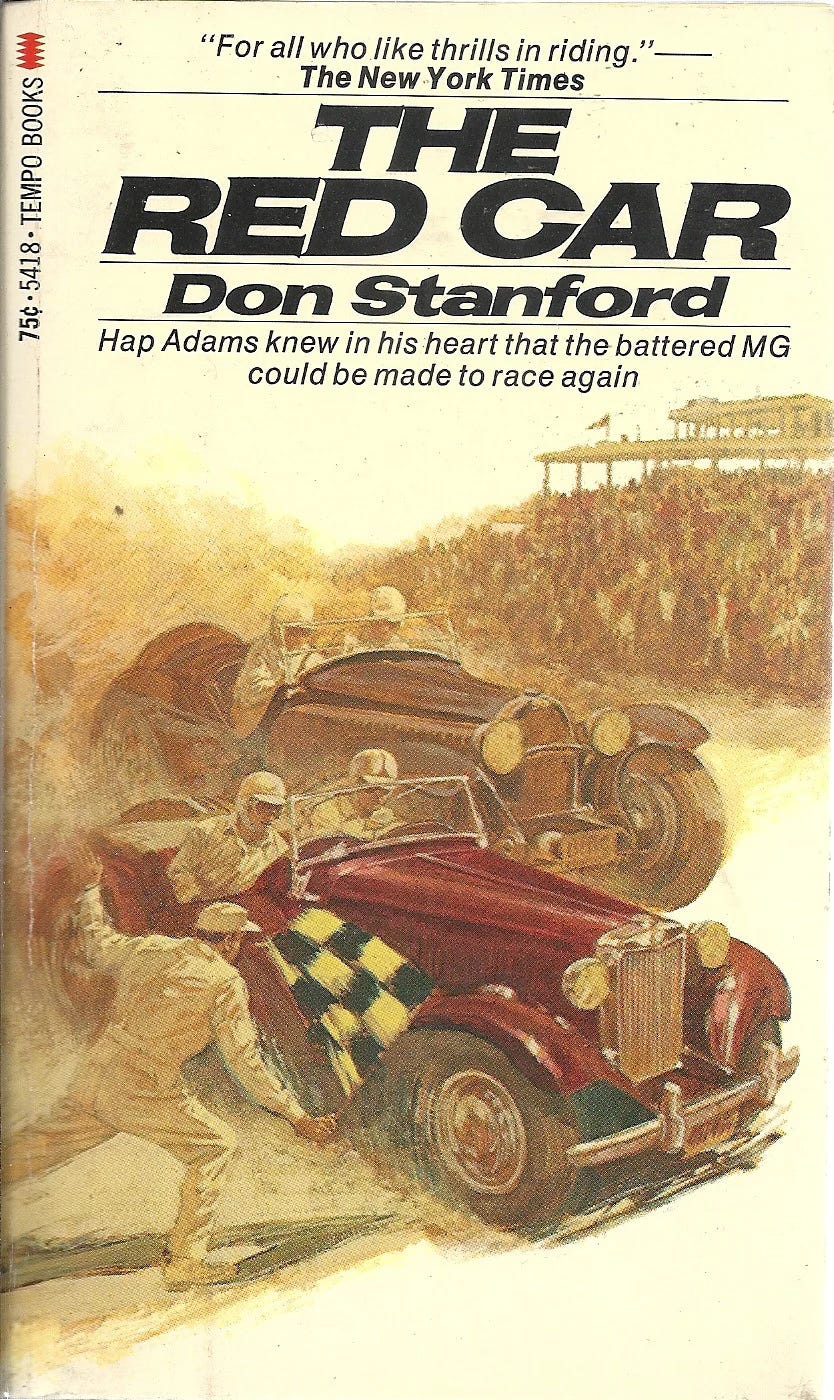
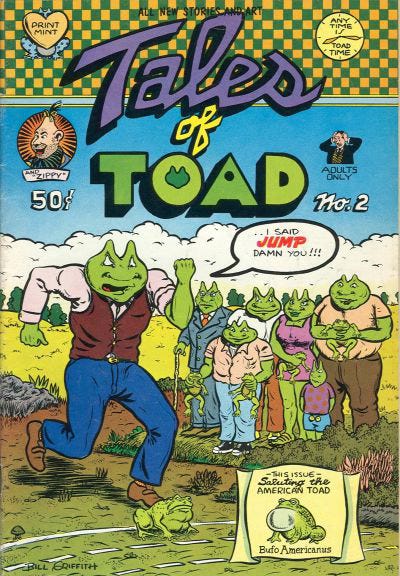
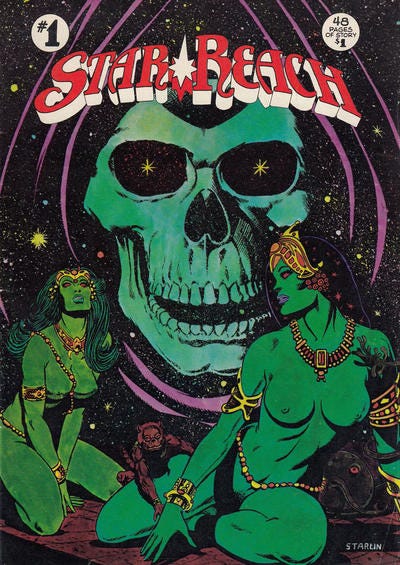
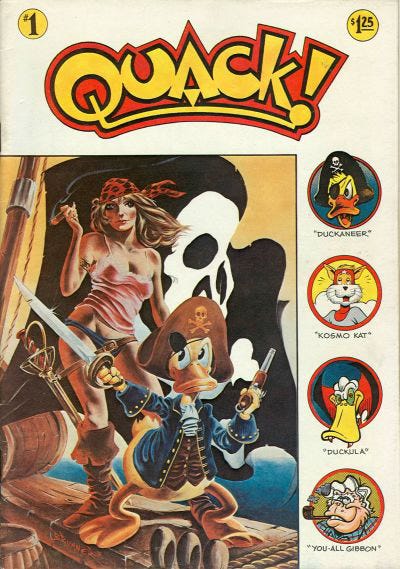
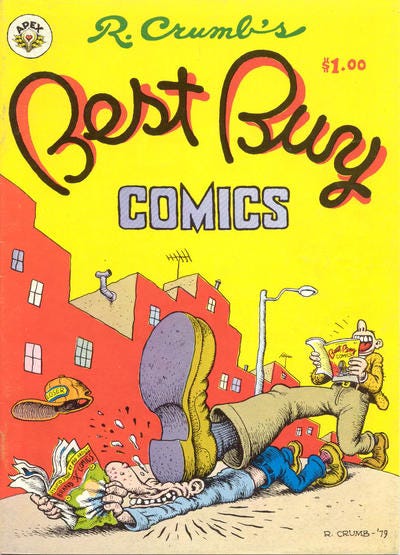
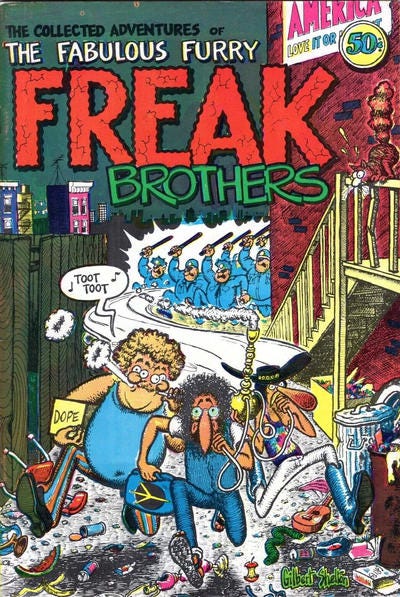
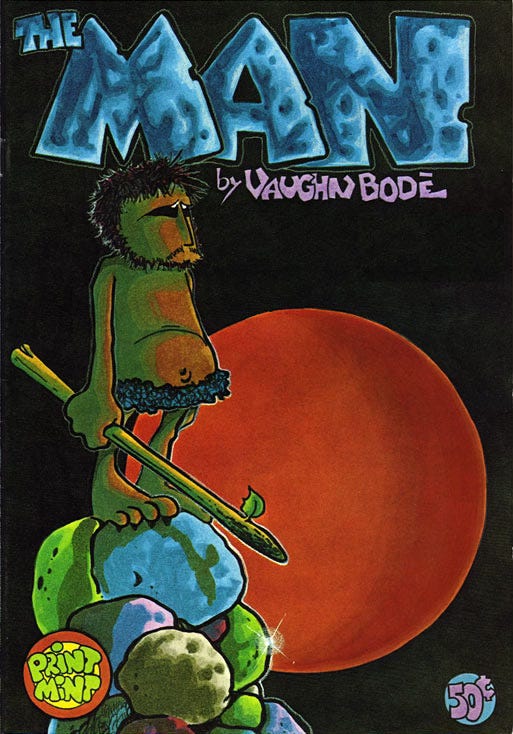
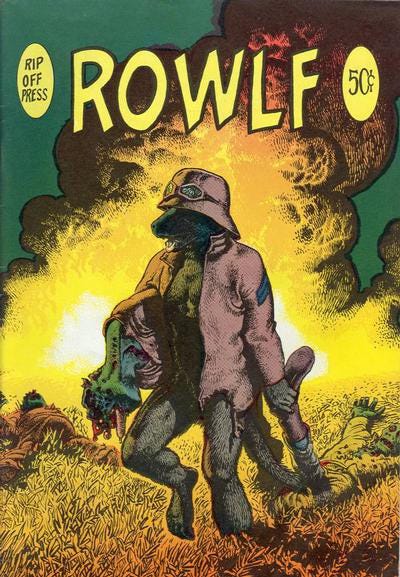
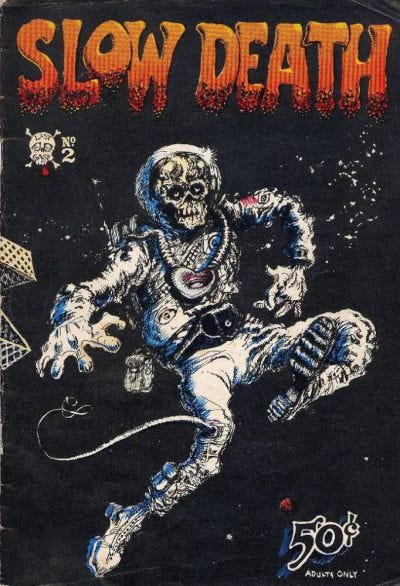
Favorite undergrounds for me would be MEEF and THE BALLOON VENDOR, by Sheridan & Schreier, thanks to Scott McCloud’s neighbor Chris Bing.